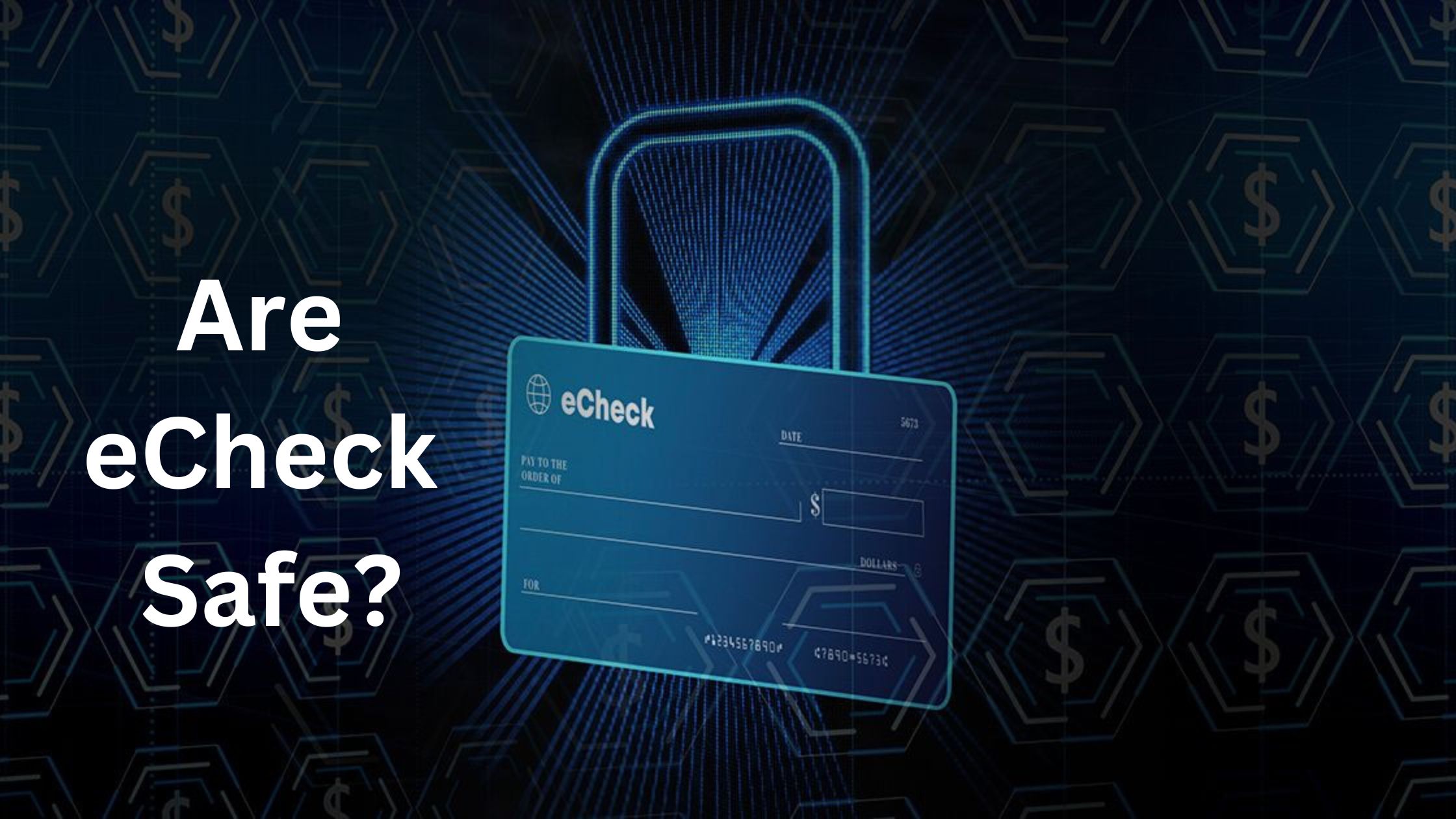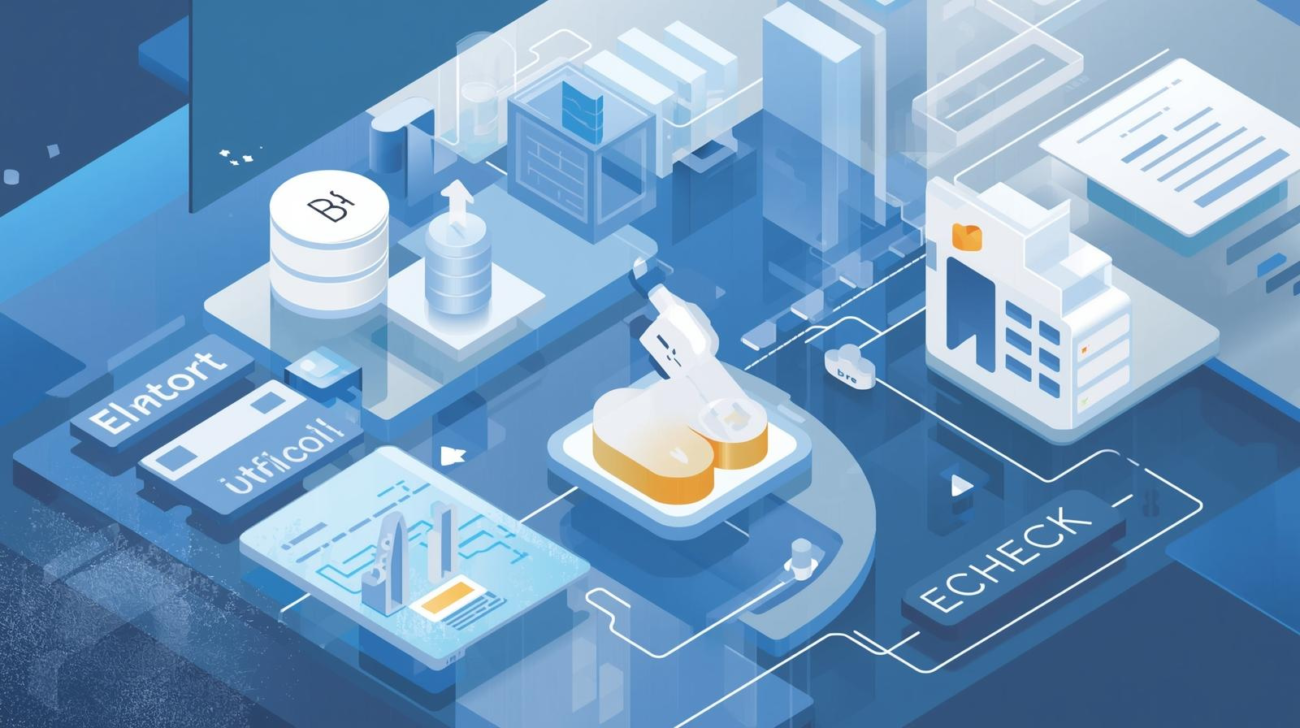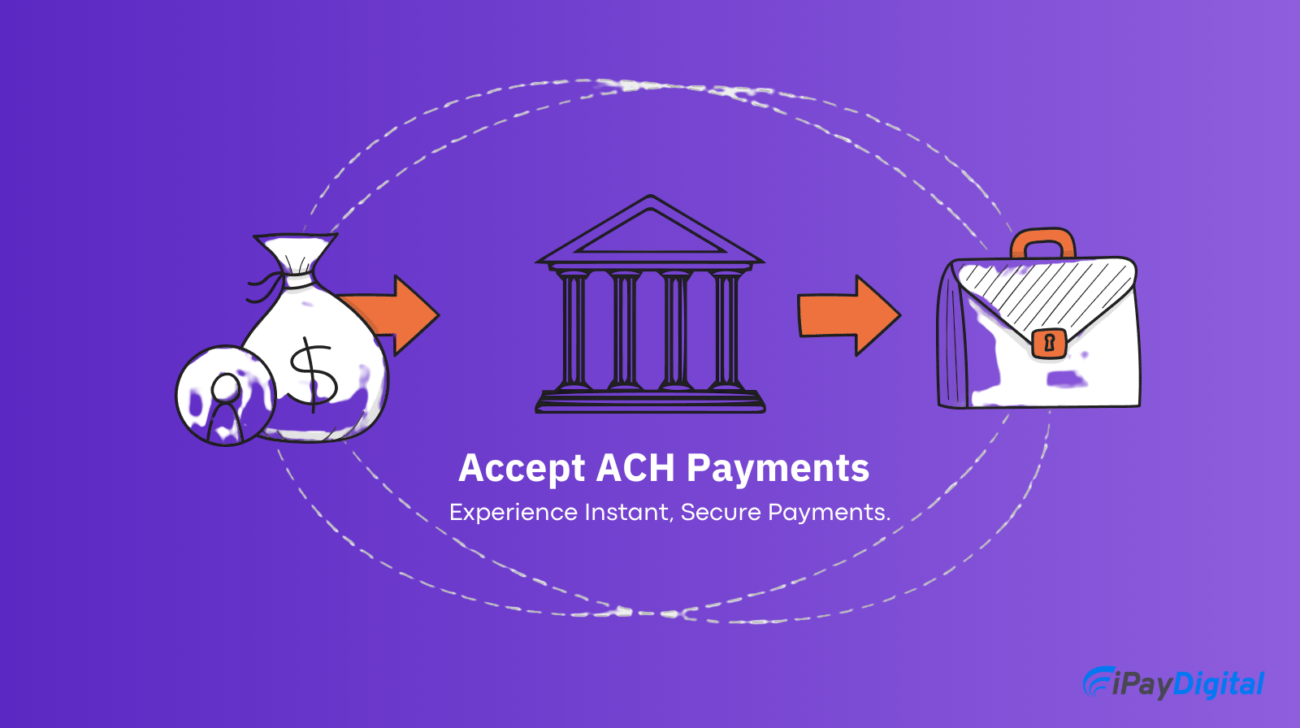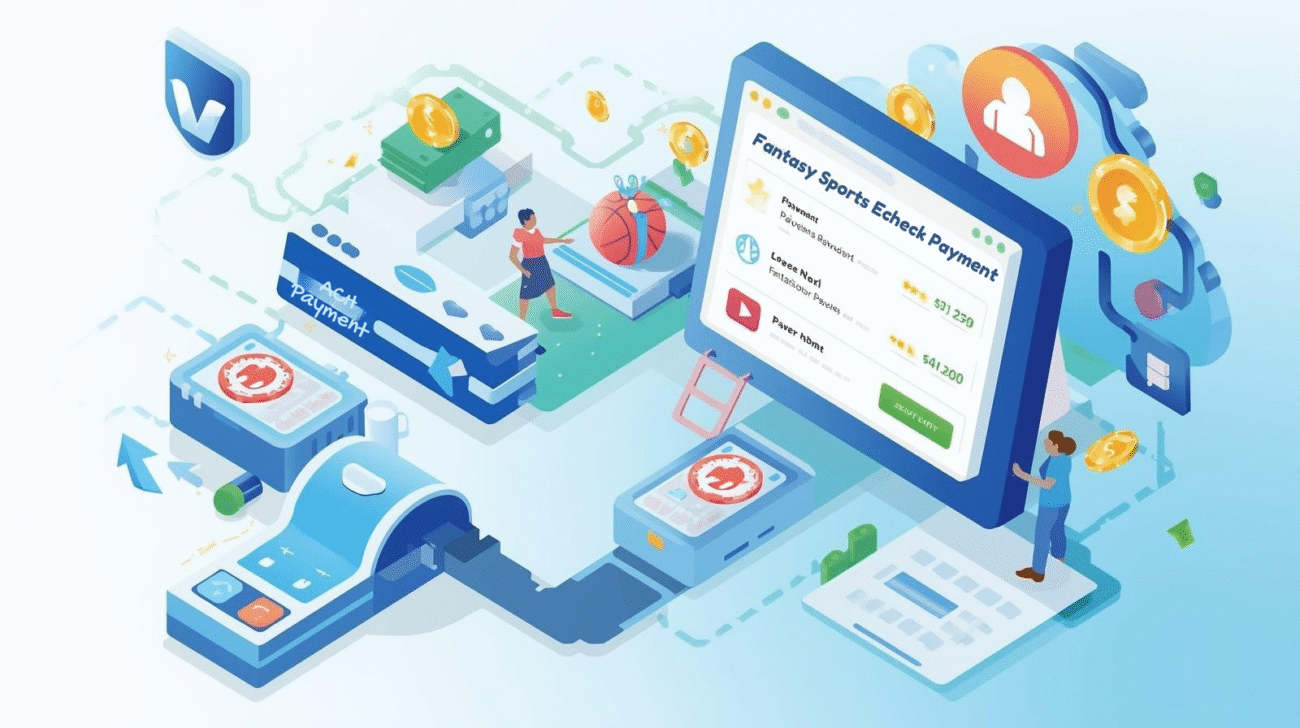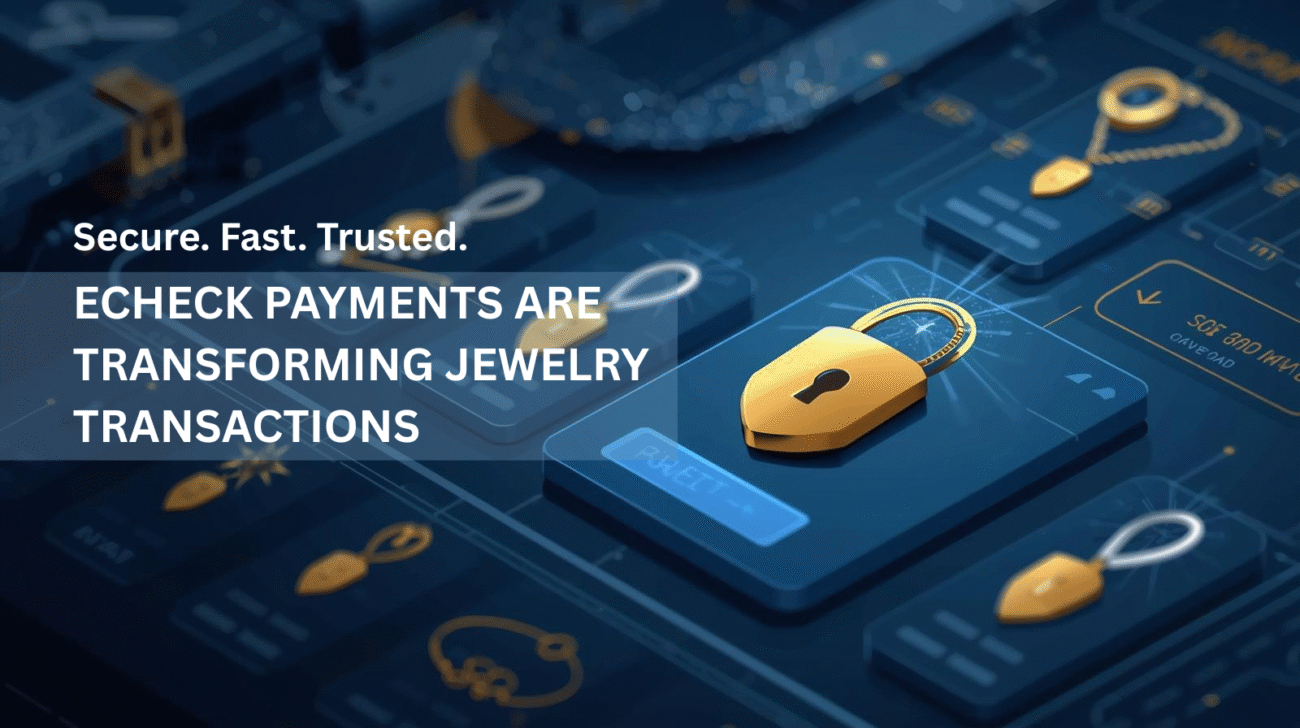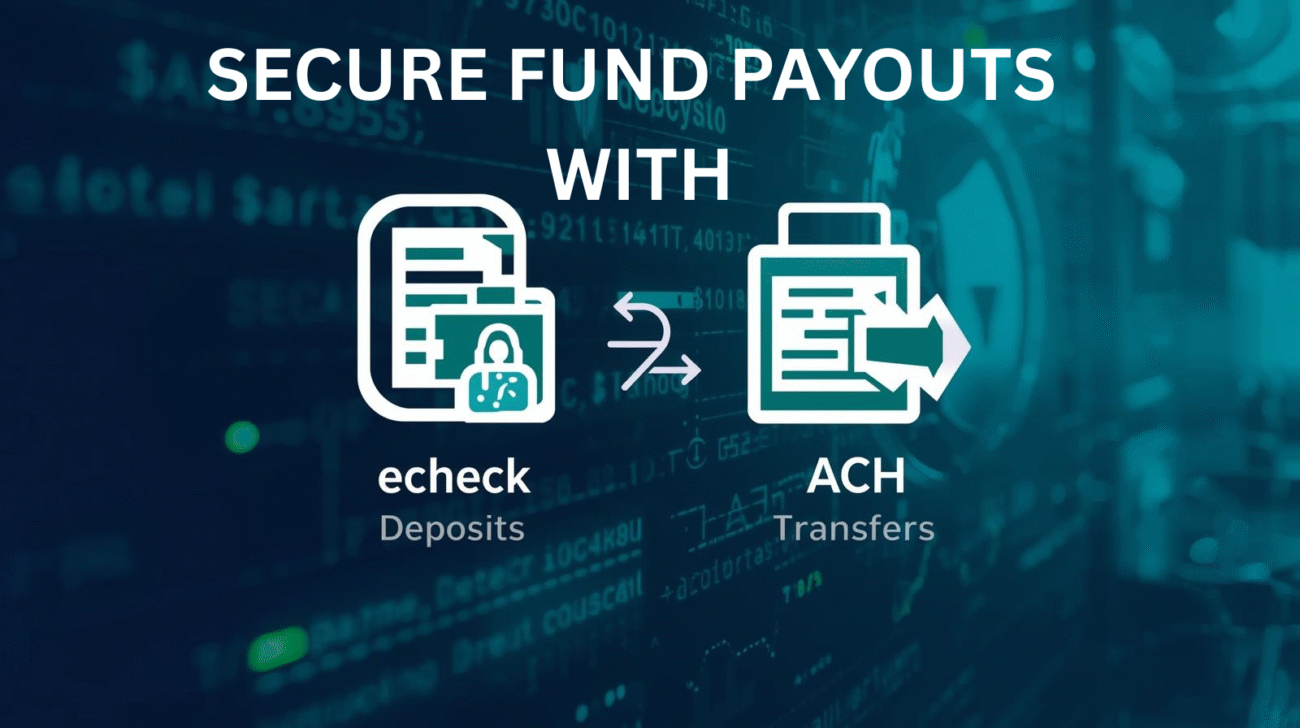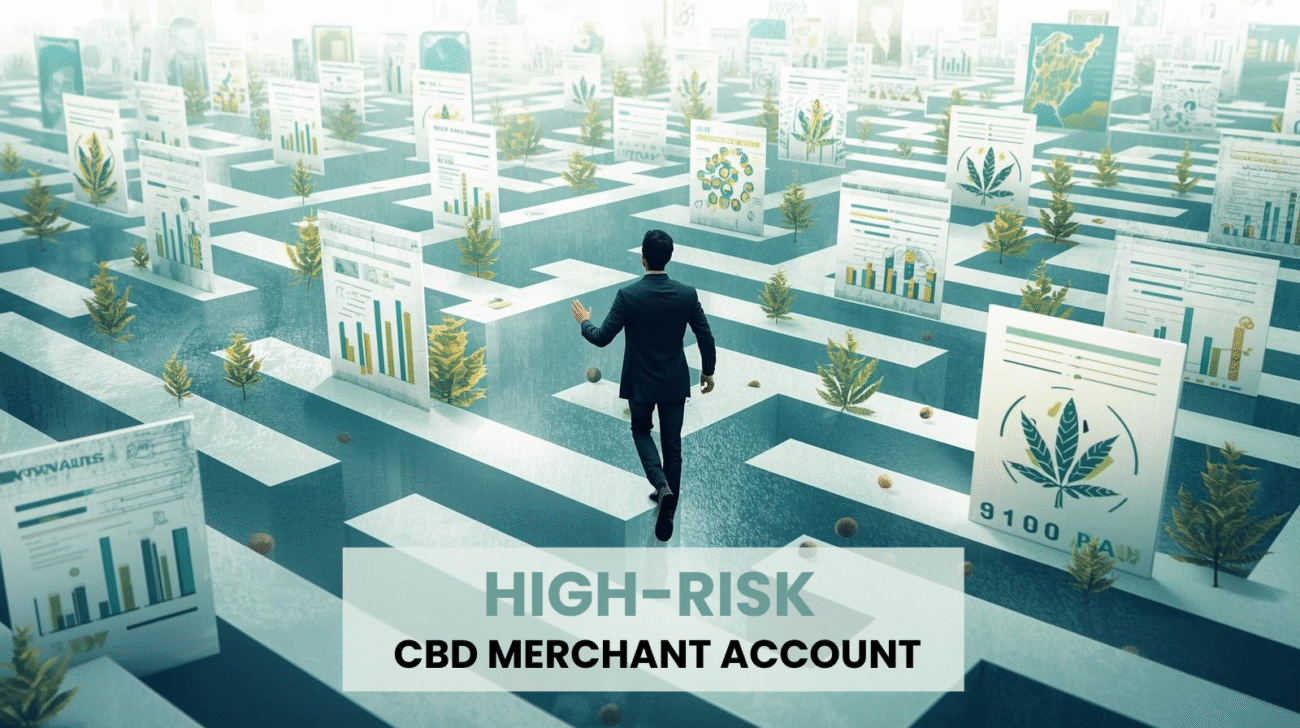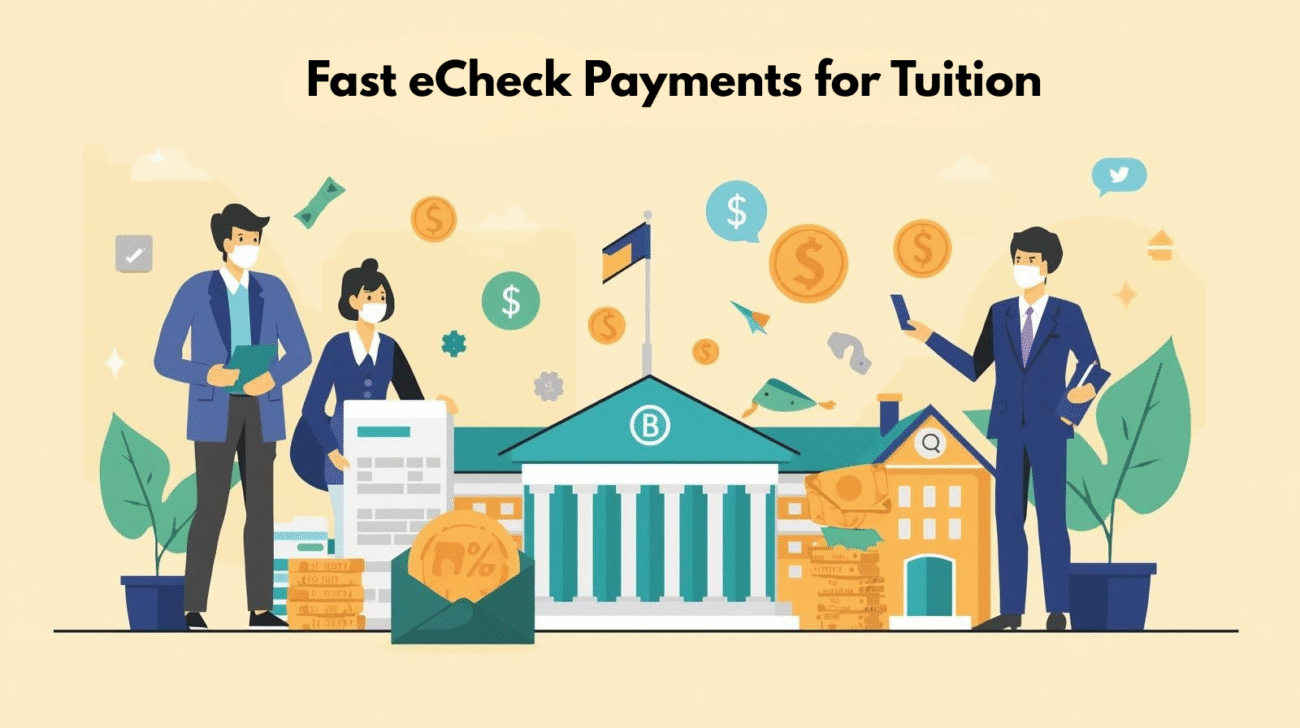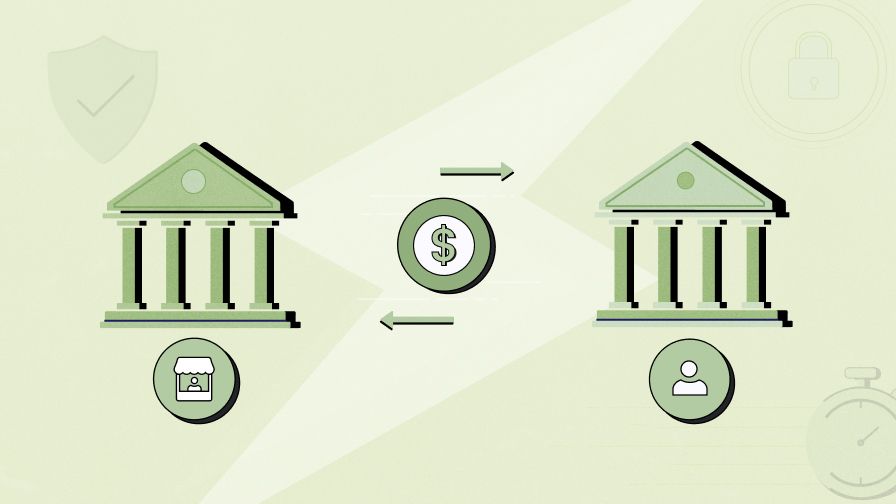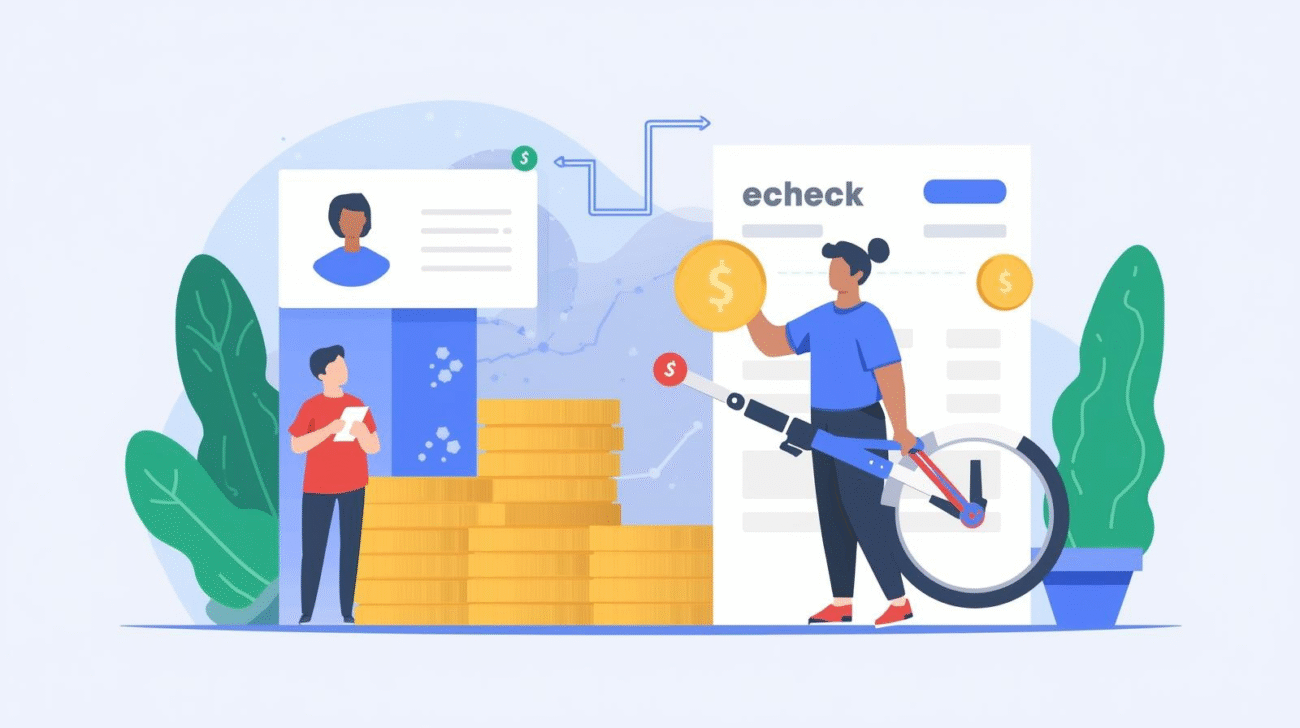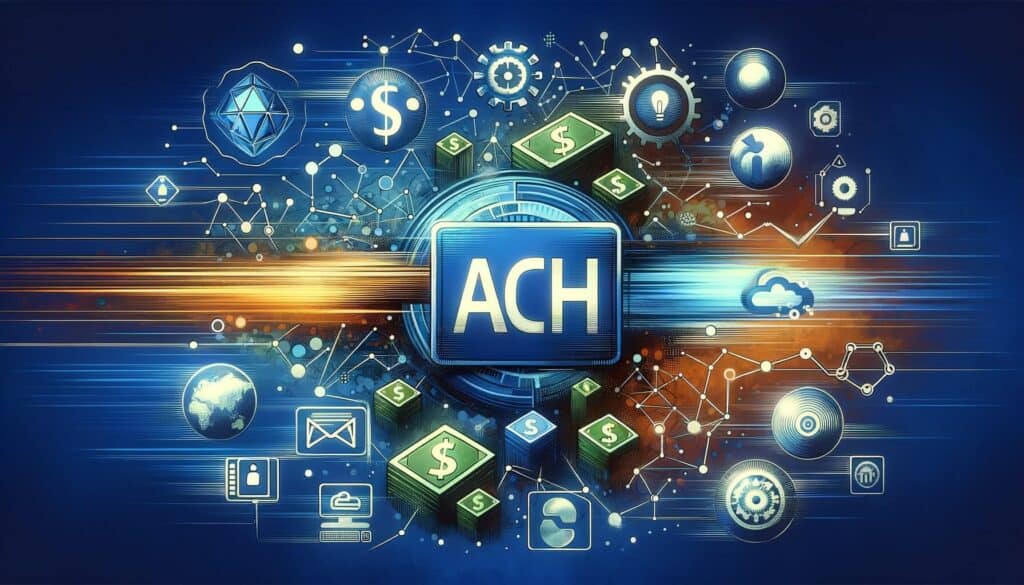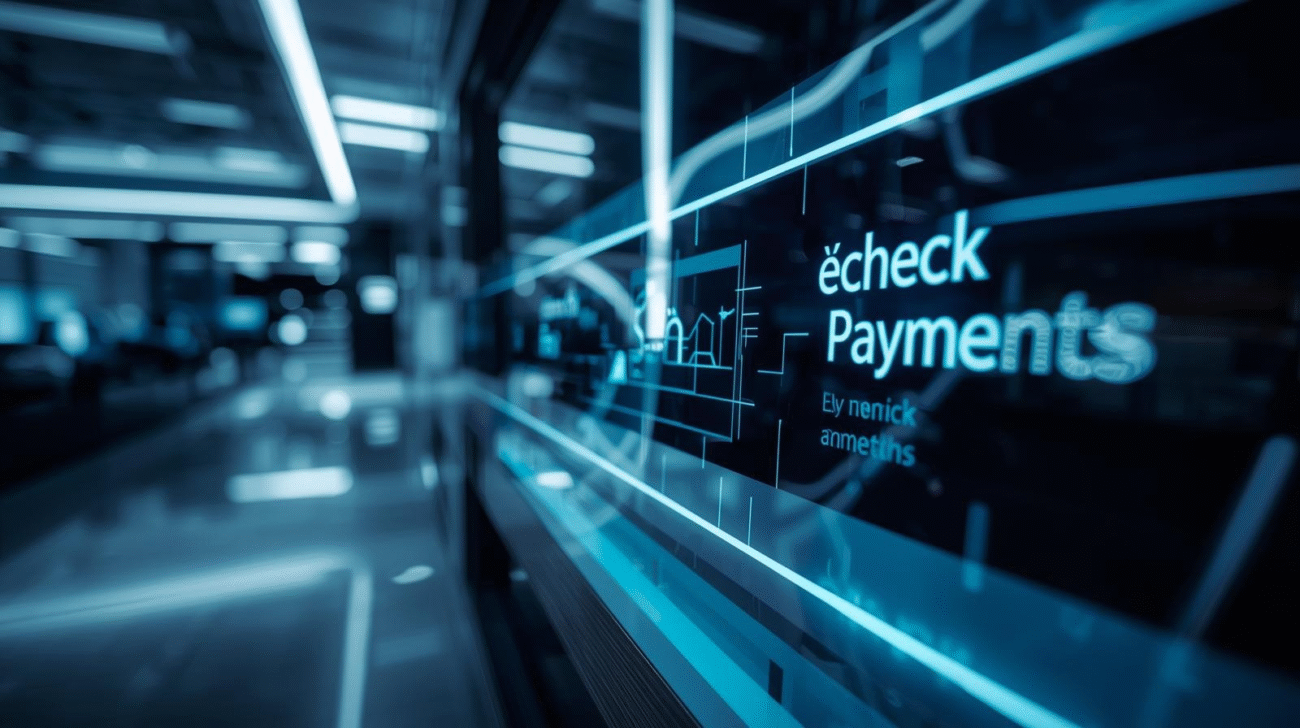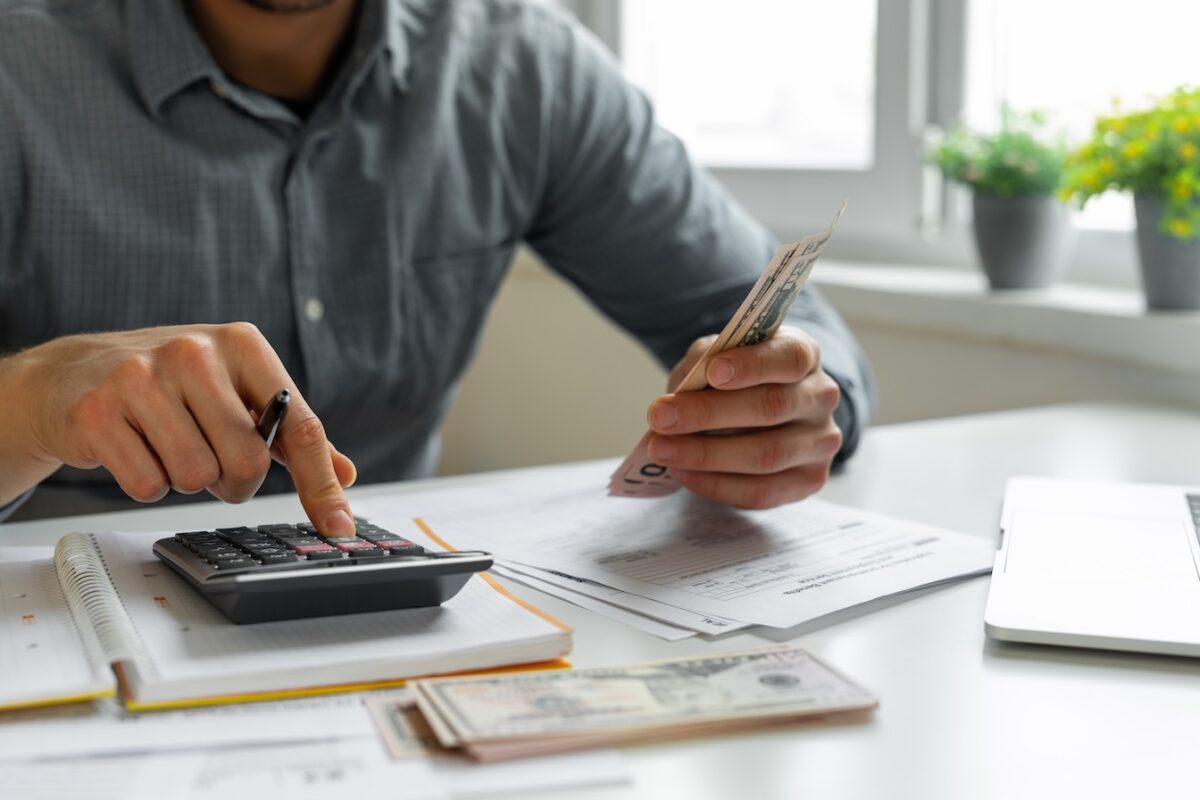As digital transactions continue to dominate the financial landscape, many people and businesses are looking for efficient and secure payment methods. One option that has gained popularity is eChecks—electronic versions of traditional paper checks. But with growing cyber threats and financial fraud, many ask: Are eChecks safe?
While eChecks offer a convenient way to process payments, they come with potential security risks that should not be overlooked. In this blog, we’ll break down how eChecks work, their safety measures, common security concerns, and best practices to protect yourself from fraud.
What Are eChecks and How Do They Work?
An eCheck (electronic check) is a digital version of a paper check that allows payments to be made directly from a bank account. Instead of writing a physical check, funds are transferred electronically via the Automated Clearing House (ACH) network. Here’s how the process works:
- Authorization – The payer authorizes the transaction by providing bank details (account and routing numbers) and giving consent via digital agreement or signature.
- Verification – The banking system verifies the account details and ensures there are sufficient funds.
- Processing – The eCheck is processed through the ACH network, transferring funds from the payer’s account to the payee’s account.
- Settlement – The transaction is settled within 3-5 business days, making eChecks slower than credit card payments but more cost-effective.
Security Measures in Place for eChecks
To ensure secure transactions, financial institutions and payment processors implement various security measures, including:
1. Encryption & Tokenization
Encryption ensures that sensitive data (such as account numbers) is scrambled during transmission, preventing hackers from intercepting valuable information. Tokenization replaces actual banking details with randomly generated codes, reducing the risk of data breaches.
2. Authentication Protocols
Banks and payment processors implement multi-factor authentication (MFA) and identity verification methods to ensure that only authorized individuals initiate transactions.
3. Fraud Detection Systems
Sophisticated fraud detection systems monitor transactions for unusual activity, such as multiple transactions from an unverified source, preventing potential fraud.
4. Regulation & Compliance
The ACH network follows strict compliance standards set by regulatory bodies like NACHA (National Automated Clearing House Association) to ensure the security and legality of transactions.
Common Security Risks of eChecks
Despite these protections, eChecks still present certain security risks that businesses and individuals must be aware of.
1. Phishing Scams
Cybercriminals may send fraudulent emails or text messages posing as legitimate payment processors or banks, tricking users into providing sensitive banking information.
2. Account Takeover Fraud
If a hacker gains access to your bank account details through a data breach or phishing attack, they can initiate unauthorized eCheck transactions, leading to financial losses.
3. Insufficient Fund Scams
Since eChecks take a few days to process, scammers can initiate payments knowing they lack sufficient funds in their accounts, only for the check to bounce later.
4. Identity Theft Risks
If eCheck details are compromised, fraudsters can use this information to steal your identity or conduct fraudulent transactions on your behalf.
5. Chargeback Challenges
Unlike credit cards, which offer easy chargeback options for disputed transactions, eCheck transactions can be harder to reverse, making fraud recovery more complicated.
Best Practices for Using eChecks Safely
While eChecks do carry risks, following best practices can significantly improve security and prevent fraud.
1. Use a Trusted Payment Processor
Partner with a reputable payment processing service that employs robust security measures, fraud detection tools, and encryption technology.
2. Verify Transactions Regularly
Monitor your bank statements and transaction history for any unauthorized payments or suspicious activity. If you notice anything unusual, report it to your bank immediately.
3. Enable Multi-Factor Authentication (MFA)
Adding an extra layer of security, such as one-time passwords (OTP) or biometric verification, reduces the risk of unauthorized transactions.
4. Educate Yourself on Phishing Scams
Never click on suspicious links in emails or messages that request banking details. Always verify requests directly with your bank or payment processor.
5. Use Business Accounts for Transactions
Avoid using personal accounts for eCheck transactions, especially for business payments. Business accounts often have additional security features and fraud protections.
6. Confirm Bank Account Details Before Transactions
Before sending or accepting an eCheck, double-check the recipient’s bank details to avoid processing errors or fraudulent payments.
7. Set Up Alerts for Unusual Transactions
Most banks allow you to set up real-time alerts for account activity. These notifications can help detect fraudulent transactions quickly.
Are eChecks Right for You?
Whether eChecks are the right payment method for you depends on your specific needs. Here are some scenarios where they might be beneficial:
✔ Best for businesses processing high-value transactions – Lower fees compared to credit card payments make eChecks ideal for large payments.
✔ Great for recurring payments – eChecks are often used for subscription services, loan payments, and utility bills due to their cost-effectiveness.
✔ Useful for customers who prefer bank payments over cards – Some users prefer not to use credit cards and opt for bank-based transactions.
However, if you require instant payments or a strong chargeback system, credit cards or e-wallets might be a better alternative.
Final Verdict: Are eChecks Safe?
Yes, eChecks are generally safe when used correctly and with proper security measures in place. They offer a reliable and low-cost way to process payments, but like any payment method, they come with inherent risks. By following best practices, working with trusted payment processors, and staying vigilant against fraud, businesses and individuals can enjoy the benefits of eCheck transactions while minimizing potential threats.
Ultimately, understanding the pros and cons of eChecks will help you make informed financial decisions and use them securely in your personal or business transactions.
Would you consider using eChecks for your payments? Share your thoughts in the comments below!
Read this blog: Why eCheck Payment Processing is Making a Comeback: The Future of Secure, Low-Cost Transactions

